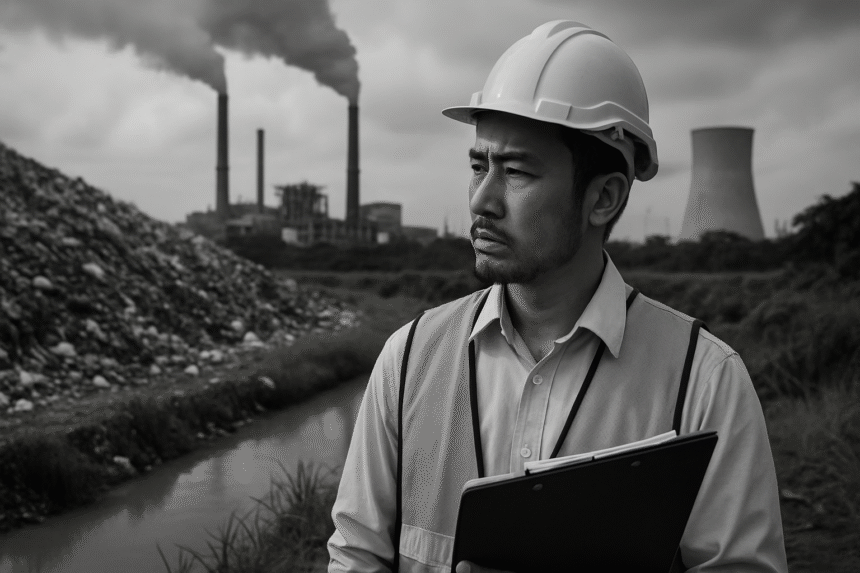From Plastic Dumps to Carbon Sinks: Malaysia’s Sustainability Crossroads
A bold LinkedIn post urges Malaysia to rethink carbon capture strategies before repeating old environmental mistakes.
Introduction
“Are we investing billions to solve a problem—or to delay its solution?”
This was the powerful question posed by Raja Shazrin Shah Raja Ehsan Shah, a chemical engineer and environmental consultant, in a LinkedIn post that sparked reflection across Malaysia’s sustainability community. Drawing parallels between Malaysia’s past struggles with plastic waste and its current plans for carbon capture, Raja Shah’s message is a timely warning about history’s tendency to repeat itself—unless we intervene.
Background & Context
Raja Shazrin Shah Raja Ehsan Shah has long been a voice for ethical and forward-thinking environmental policy. His latest commentary comes amid Malaysia’s push to position itself as a regional CO₂ disposal hub through projects like Kasawari CCS. The issue: Malaysia risks shouldering environmental, financial, and governance burdens under the guise of “energy transition.”
With billions at stake and global climate deadlines looming, this post resonates as a critical call to reassess priorities before entrenching old patterns under new labels.
Main Takeaways / Observations:
1. Echoes of the Plastic Crisis
Malaysia once became infamous for plastic waste dumping. Now, the concern is “carbon dumping” — an invisible, but equally hazardous risk.
2. Questionable Cost-Benefit Balance
The Kasawari CCS project would capture only 5% of emissions but consume 13.1% of Malaysia’s NETR funding — raising serious doubts about financial wisdom and climate impact.
3. Unproven Technology and Governance Gaps
Issues like leakage, seismic risk, and lack of public consultation challenge the credibility and sustainability of current CCS plans.
4. The Bigger Picture: Justice and Equity
Raja Shah invites us to think bigger: Are Malaysia’s decarbonization efforts truly just and resilient—or merely convenient for global polluters offloading responsibility?
Community Reaction
Nizam Richard aptly summed it up in the comments: “Something to ponder eh?”
The post received engagement from professionals in sustainability, business development, and consulting fields, many echoing concerns about transparency, environmental governance, and the real cost of carbon solutions.
Our Perspective / Analysis
From a governance and contract strategy standpoint, Raja Shah’s critique highlights the critical need for transparent risk allocation and long-term resilience planning in any major environmental initiative. Without thorough public consultation, statutory safeguards, and measurable outcomes, Malaysia risks entering agreements that could strain future generations—legally, financially, and environmentally.
Leaders should prioritize strategic environmental contracting that aligns not only with current economic goals but with intergenerational equity principles.
Call to Reflection or Action
If your nation or company champions sustainability, ask yourself:
Are we leading the change—or merely relocating the problem?
As Raja Shah reminds us: true sustainability isn’t about shortcuts. It’s about systems that endure.
Click here to visit LinkedIn post



Leave a Reply